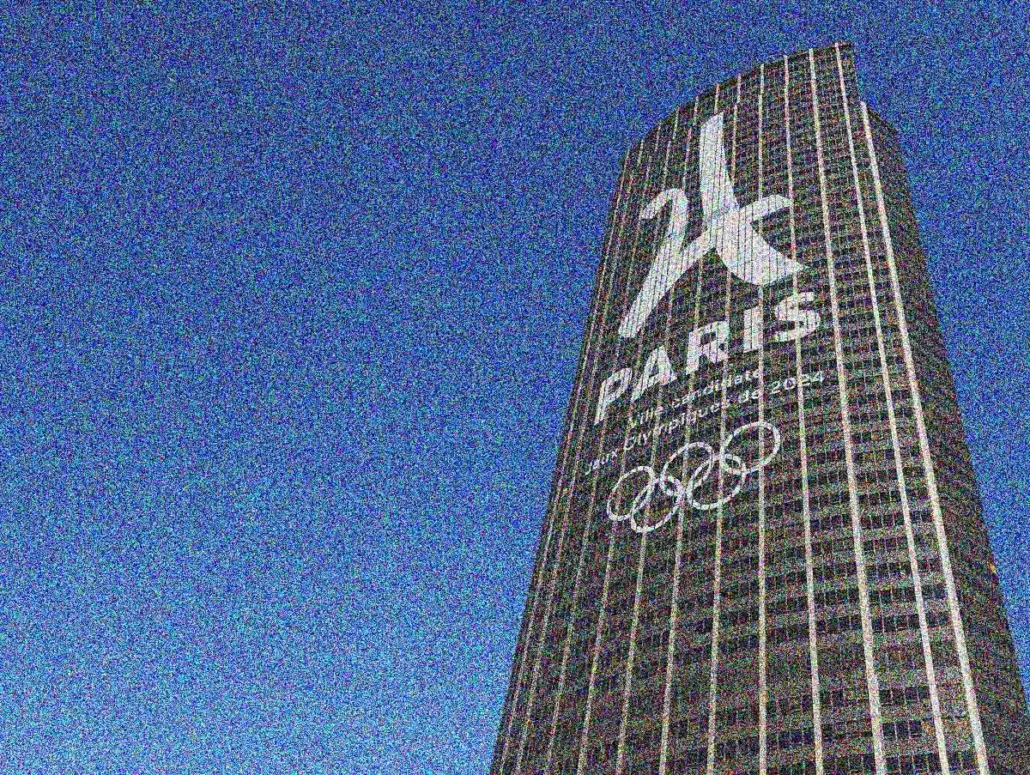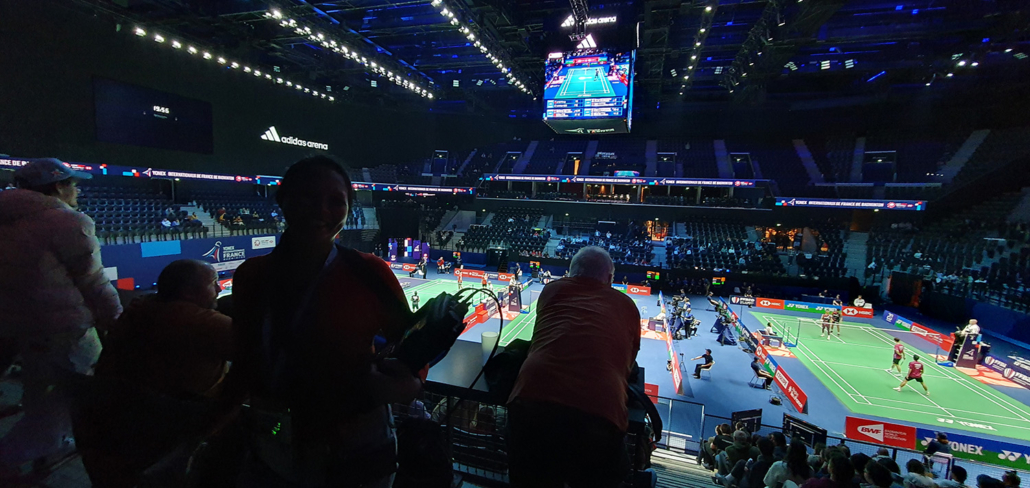The Paris 2024 Olympic and Paralympic Games was a unique opportunity to promote inclusion, diversity and sporting excellence on a global scale. Preparing for this historic event had its share of difficulties, however. Between the efficient management of infrastructure, the need to guarantee the safety of athletes and the public in an uncertain global context, and questions relating to sustainability and the legacy left by this event, organizing the 2024 Olympic and Paralympic Games involved a series of logistical and preparatory challenges. These included controlling radio frequencies and preventing interference, whether intentional or unintentional, throughout the event.
Such interference may not necessarily stem from a malicious desire to jam communication systems – it could also be caused unintentionally by the inappropriate use of a device, set to a frequency allocated to another service, for example. “If the ‘hijacked’ channel was allocated in this time slot to a major television channel that was broadcasting live, we needed to be able to intervene quickly and efficiently,” says Nel Samama, Director of the Electronics and Physics Department (EPh) and researcher at Télécom SudParis specializing in radio waves.
For the event’s media coverage, it was therefore crucial to ensure that radio frequencies were properly allocated and used efficiently, and to identify potential sources of interference. Télécom SudParis was committed to this mission, training students for two consecutive years to reinforce the control teams at France’s National Frequency Agency (ANFR) last summer.
“Allocation” and “assignment”, a tightly-knit distribution of radio frequencies
Radio frequency (RF) allocation is the set of mechanisms for distributing frequencies between the various radiocommunication services. The main challenge is to avoid interference between broadcasts. The RF spectrum is first divided into bands, which are then allocated to specific services. In France, there are some ten frequency owners, including the Electronic Communications, Postal and Print Media Distribution Regulatory Authority (ARCEP), the Audiovisual and Digital Communication Regulatory Authority (ARCOM), the Civil Aviation Authority, the National Center for Space Studies (CNES), and the Ministries of Defense and the Interior.
These allocators then assign the RFs to radiocommunication services. For the Olympic and Paralympic Games, ARCEP regulated most telecommunications services, such as mobile telephony, broadcasting and satellite communications. These assignments also concerned all metrology systems, i.e. measurement tools that communicate wirelessly via radio links, such as scientific, geolocation and electronic measurement instruments. As with communications services, it was essential that these devices had interference-free access to their assigned frequencies, to guarantee that their measurements could be carried out.
ANFR certification, the golden ticket for radiocommunication services
The first solution for avoiding interference at this type of event, and in particular, interference between different services, is to assign channels for a given period, in a given location, and check that these assignments are respected. That was the role of ANFR, which coordinates RFs, manages allocation conflicts, and carries out compliance and control measures to ensure that channel usage rules are respected.
All players in the communication, audiovisual and metrology sectors must be certified to use their systems on various sites. This certification was issued by the Paris 2024 Organizing Committee for the Olympic and Paralympic Games (COJOP) after examination by ANFR. Each body, from every country, submitted its request, and ANFR then assigned channels according to need. Quite a challenging puzzle, given the scale of the event. Because although channels were not unique, and could be used in the north and south of France at the same time, demand was massive. “ANFR expected to receive between 50,000 and 75,000 requests for frequencies!” says Nel Samama.







